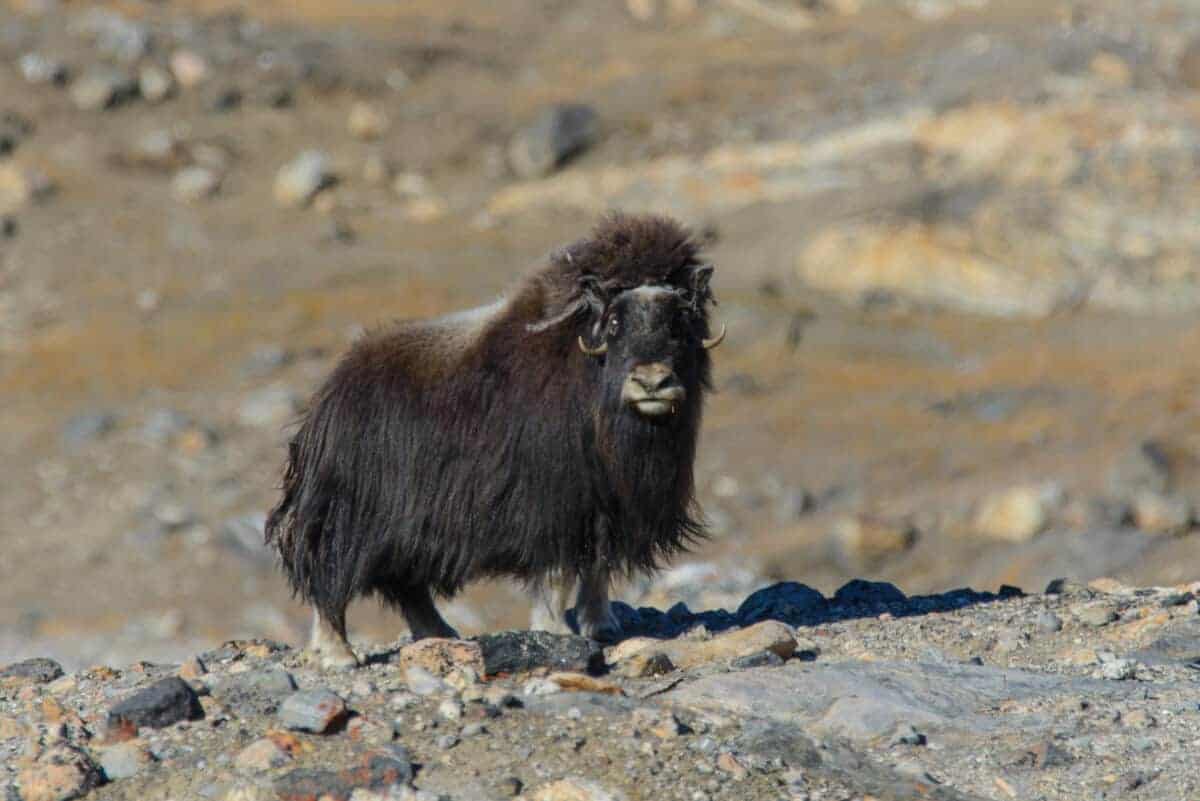Nestled amidst the formidable peaks of the Himalayas, the Himalayan tahr stands as a testament to the adaptability and resilience of mountain-dwelling species. This sturdy ungulate has evolved to thrive in the challenging alpine environment, showcasing remarkable features that enable it to endure and flourish in one of the harshest habitats on Earth. In this article, we delve into the unique characteristics that make the Himalayan tahr an impressive and highly adaptive species.
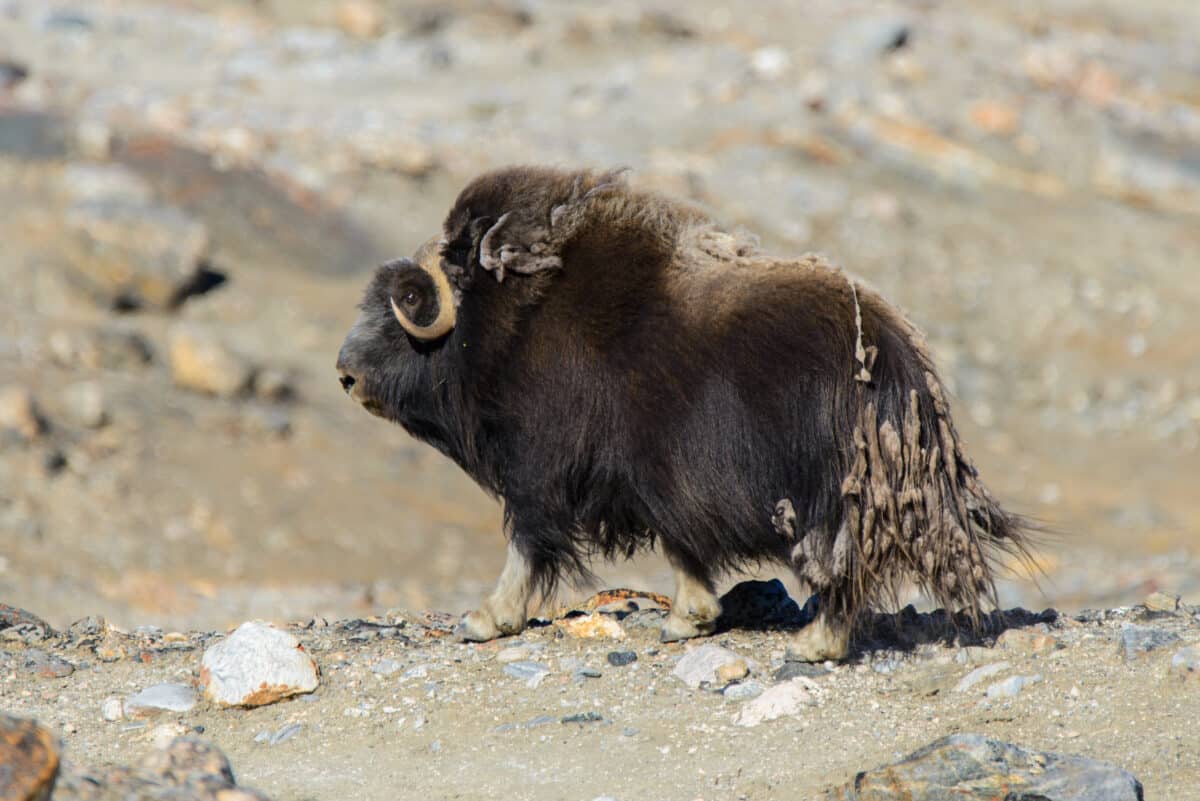
Adaptability:
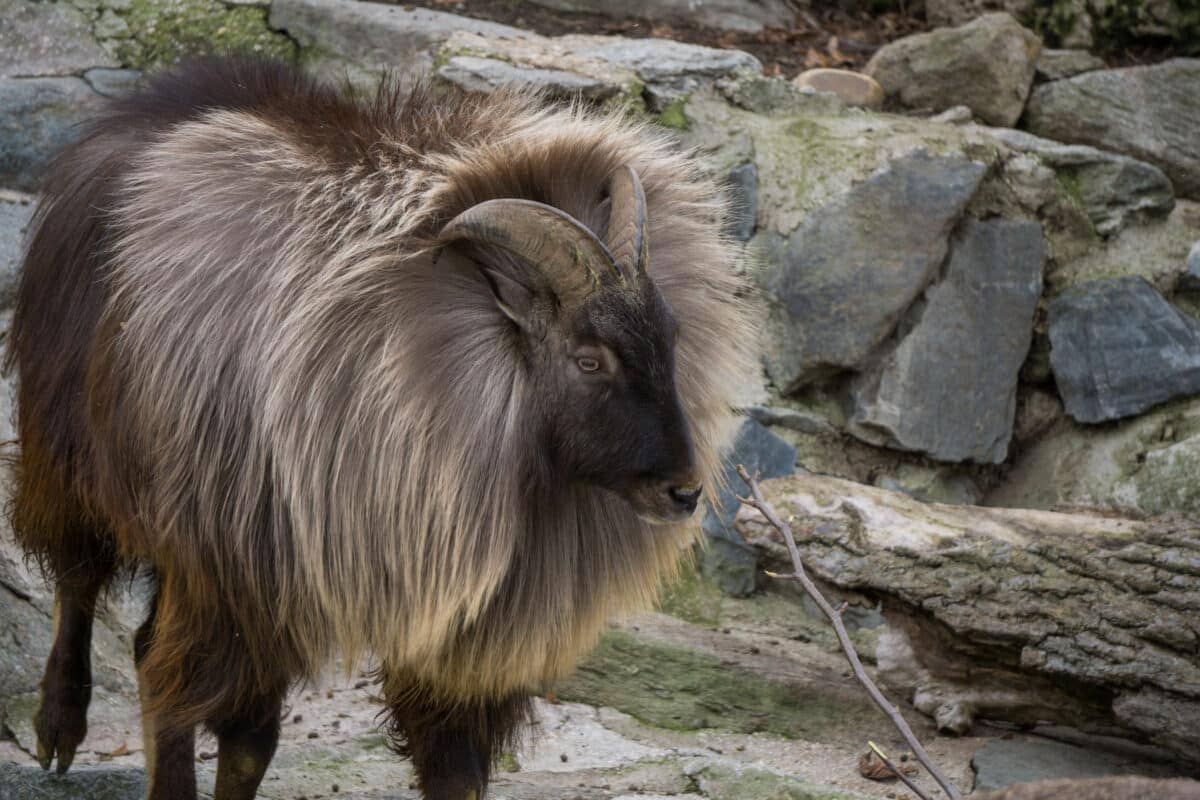
The Himalayan tahr’s adaptability is evident in its ability to navigate steep, rocky terrains with agility and ease. This ungulate has specialized hooves designed for traversing mountainous landscapes, providing them with unparalleled stability on rocky surfaces. Their thick, woolly coat serves as insulation against the harsh cold, and a unique kidney structure allows them to efficiently conserve water—a crucial adaptation in the arid high-altitude environment.
Diet:
The Himalayan tahr is primarily a herbivore, grazing on a variety of alpine vegetation such as grasses, herbs, and shrubs. Their ability to extract nutrients from sparse, high-altitude vegetation contributes to their adaptability, enabling them to sustain themselves in environments where food resources are limited. During the summer months, when alpine meadows flourish, tahr herds move to higher elevations to take advantage of the seasonal abundance.
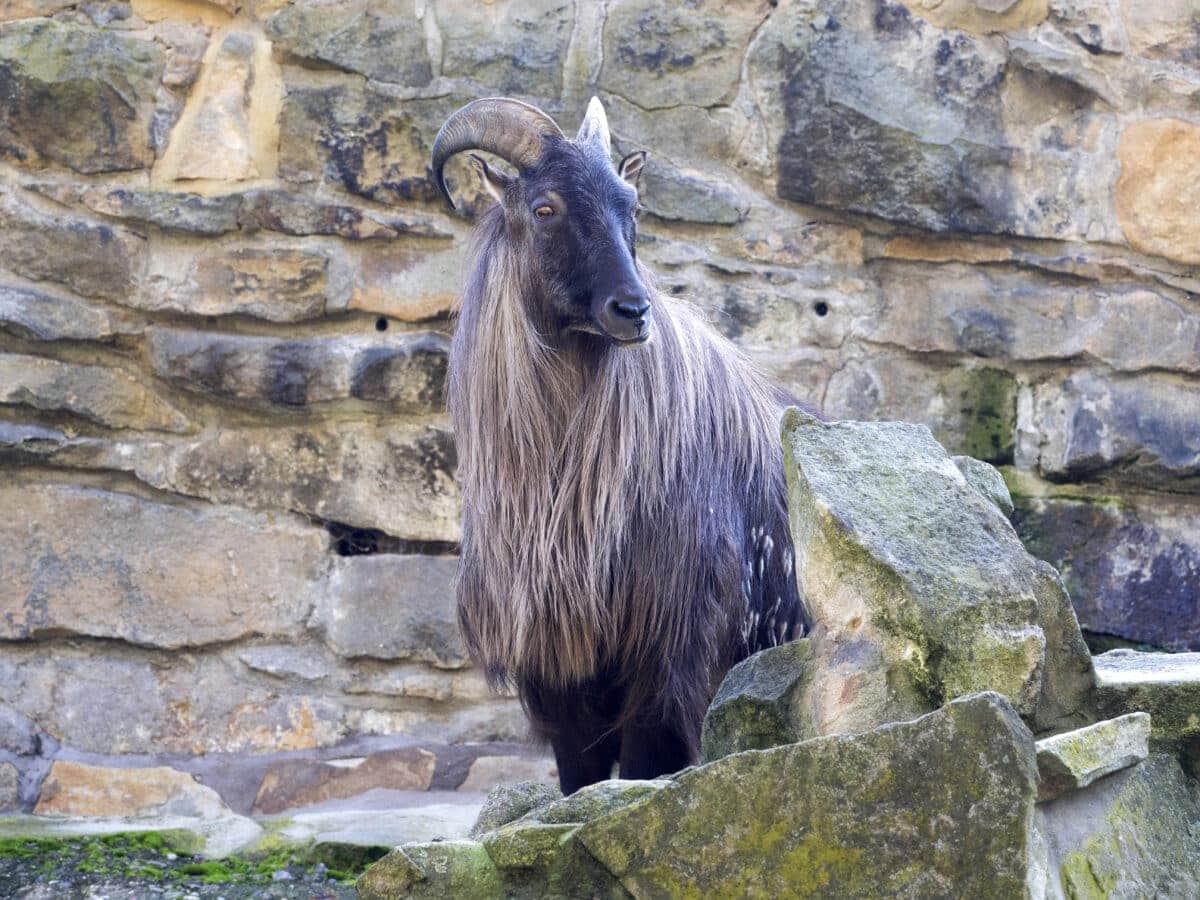
Lifespan and Growth:
In the wild, Himalayan tahrs typically live up to 10 to 15 years. Female tahrs reach sexual maturity at around two years of age, while males mature slightly later. Breeding occurs during the late fall and early winter, with females giving birth to a single offspring after a gestation period of about six months. The adaptability of their reproductive strategies allows them to synchronize with the seasonal patterns of their harsh mountainous habitat.
Natural Predators:
While the Himalayan tahr has few natural predators, it is occasionally hunted by large carnivores such as snow leopards and Himalayan wolves. These predators are adapted to the challenging terrain and high altitudes of the Himalayas, making them formidable opponents for the tahr. The tahr’s keen senses, including excellent vision, help them detect predators from a distance, allowing for evasive maneuvers in the rocky landscape.
Habitat and Roaming:
Himalayan tahrs are found in the alpine regions of the Himalayas, spanning across countries like India, Nepal, and Bhutan. They thrive in altitudes ranging from 10,000 to 14,000 feet, showcasing their adaptability to low-oxygen environments. During different seasons, they move between elevations, ascending to higher meadows during the summer and descending to lower altitudes in the winter. This dynamic behavior allows them to optimize their access to food resources throughout the year.

High-Altitude Living:
What makes the Himalayan tahr truly impressive is its ability to inhabit extreme altitudes, often exceeding 14,000 feet. These altitudes pose unique challenges, including low temperatures, reduced oxygen levels, and harsh weather conditions. The tahr’s physiological adaptations, including an efficient respiratory system and well-developed musculature, allow it to thrive in these conditions. The ability to navigate such high altitudes showcases the species’ incredible resilience and the evolutionary marvel that enables them to carve out a niche in one of the world’s most inhospitable environments.
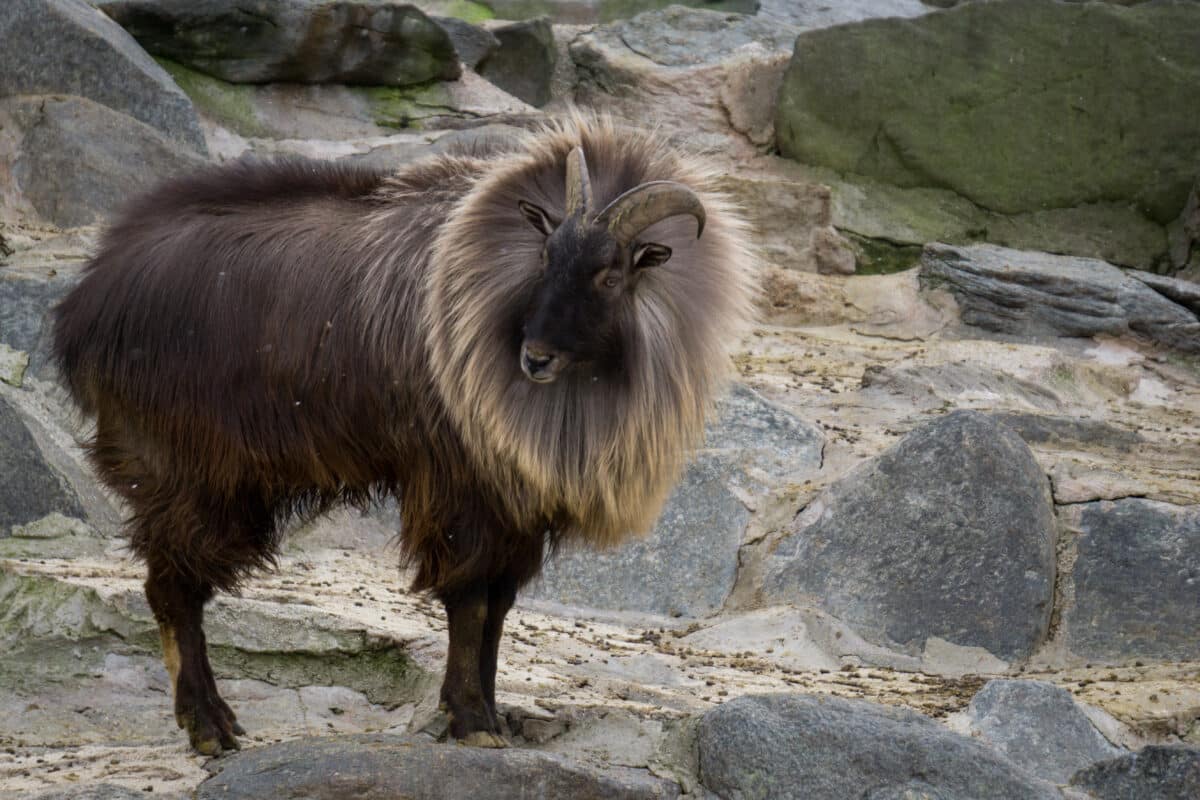
The Himalayan tahr’s adaptive features, from specialized hooves to a dense coat and efficient water conservation mechanisms, make it a marvel of evolutionary success in the high-altitude realms of the Himalayas. As we marvel at their ability to endure the challenges of their environment, we gain a deeper appreciation for the intricacies of nature and the diverse strategies that species employ to flourish in the face of adversity. The Himalayan tahr stands as a symbol of resilience, embodying the indomitable spirit required to thrive in the breathtaking, harsh landscapes of the world’s highest peaks.
Join our Forum for free today!

- Insects are Dismantling Tunisia’s Crucial Prickly Pear Industry - July 24, 2024
- Cocoa Traders Risk Losing Billions to Ghana’s Infected Crops - July 24, 2024
- Miracle on the Mountain: A Seven-Hour Dog Rescue Underground - July 23, 2024

